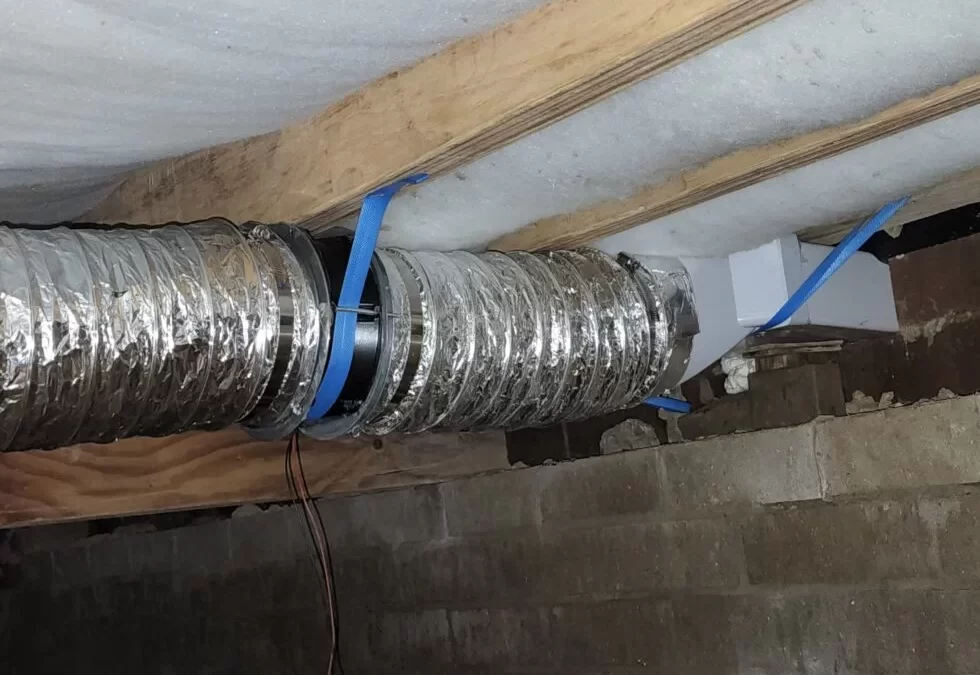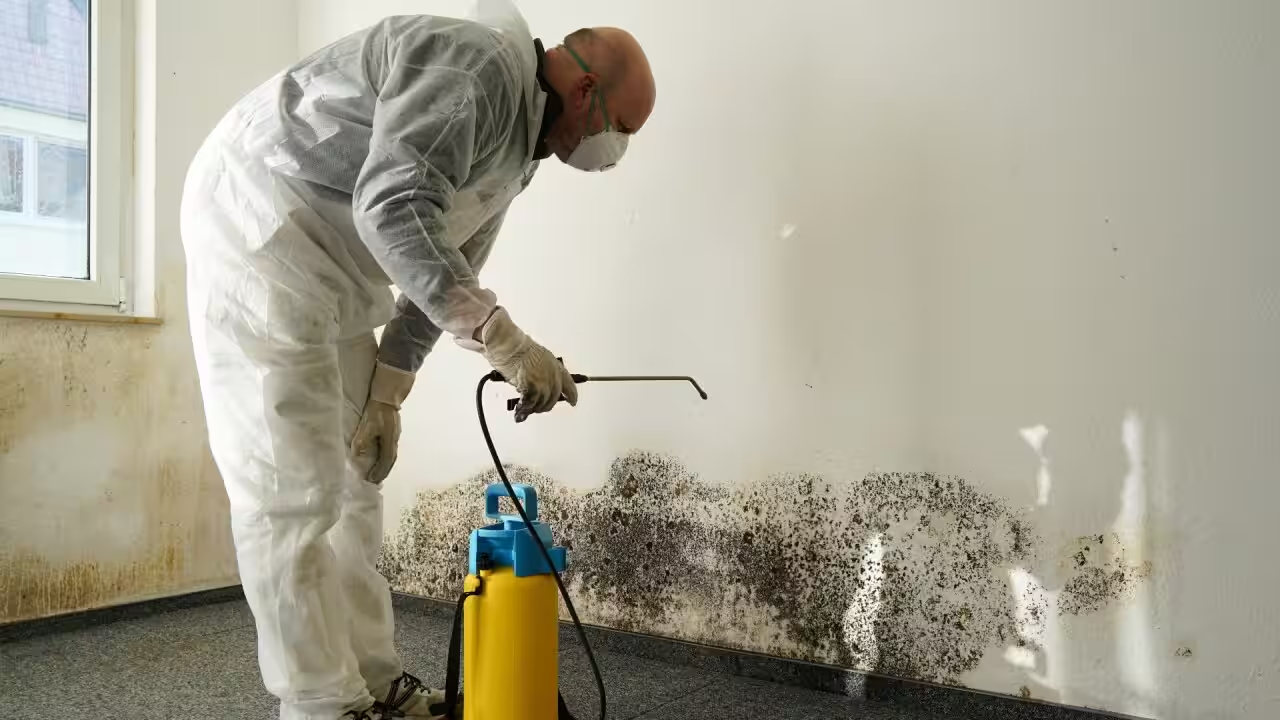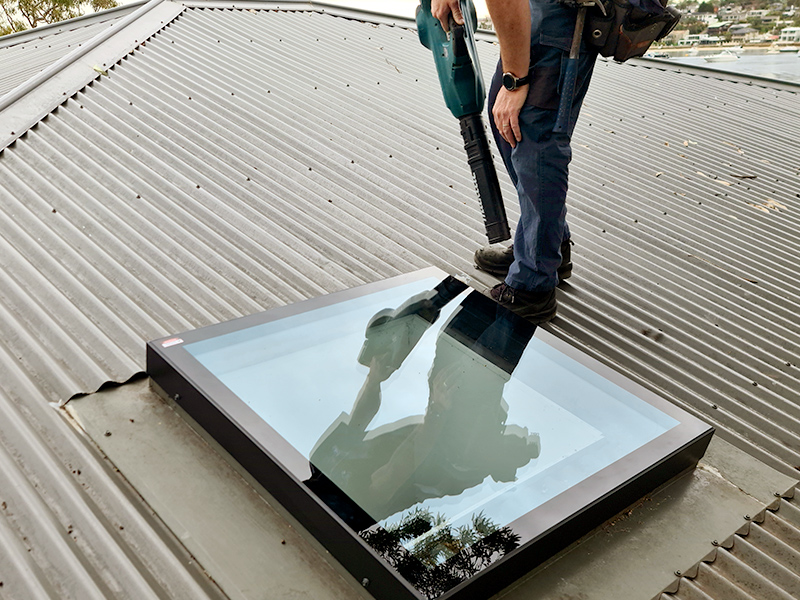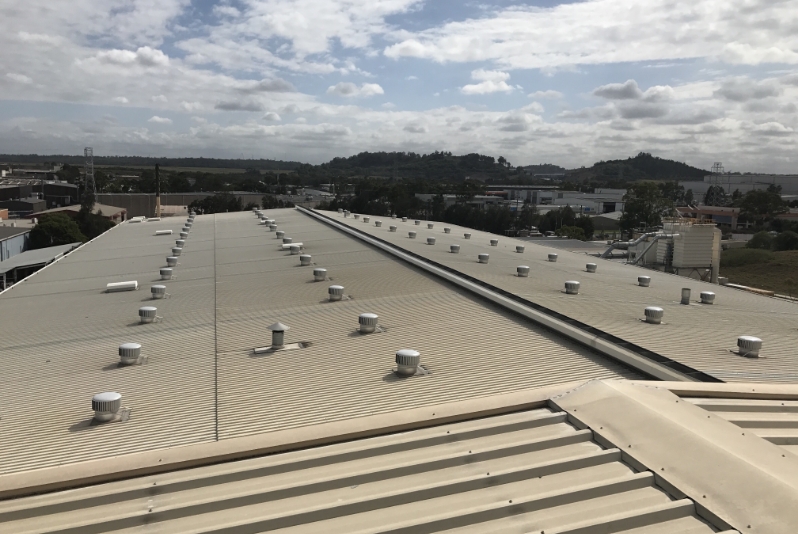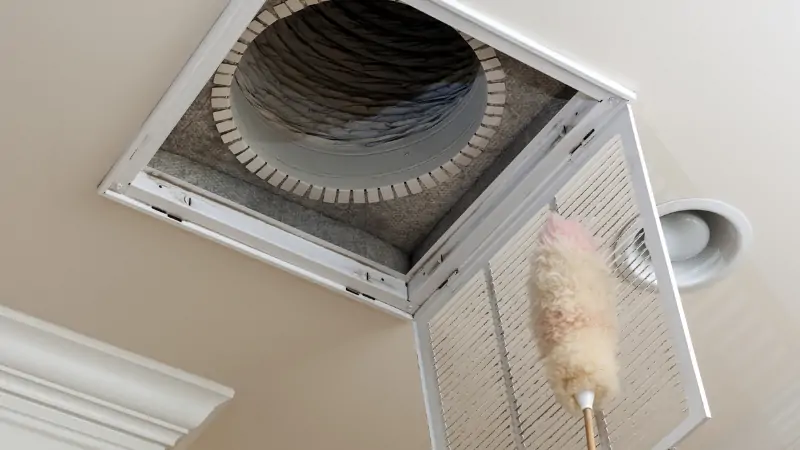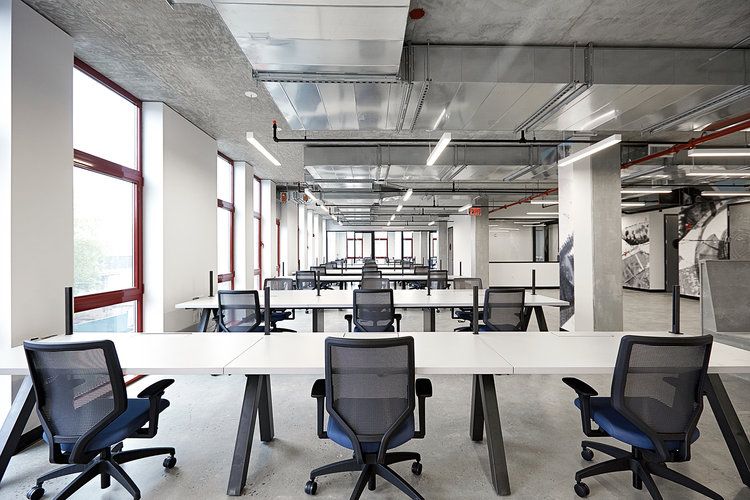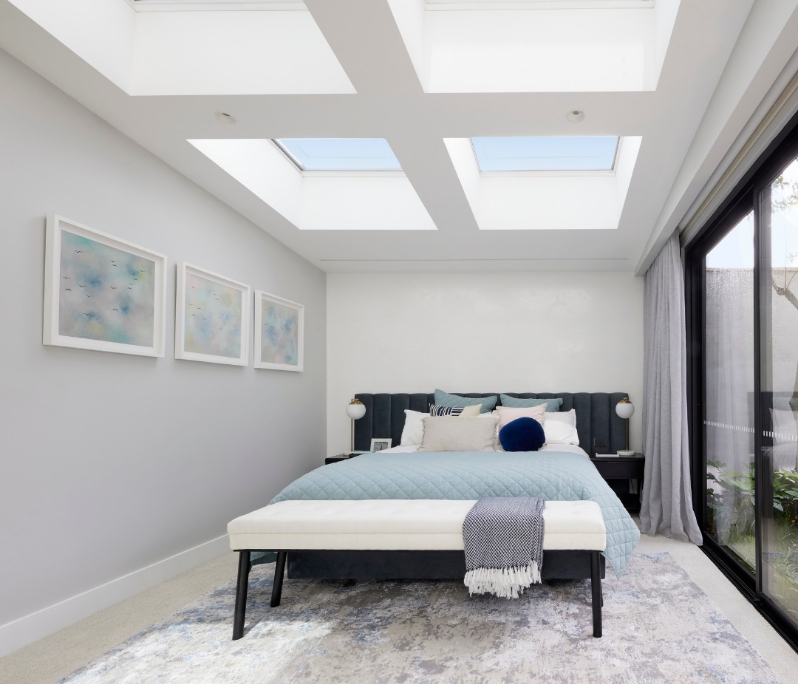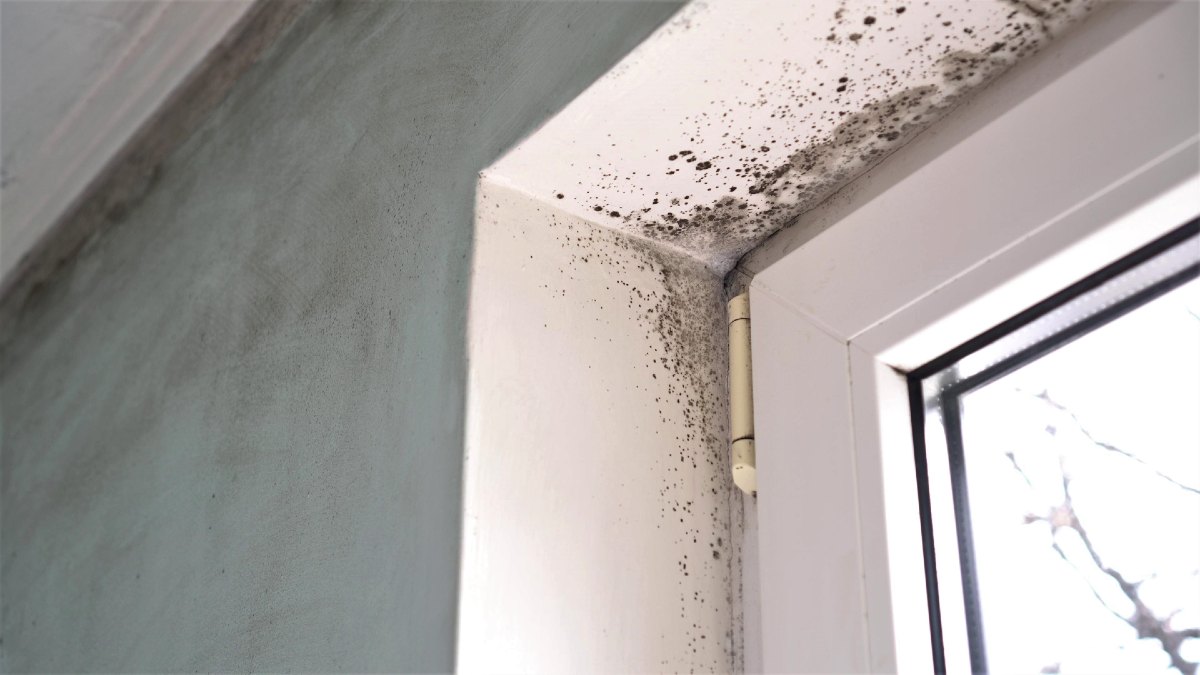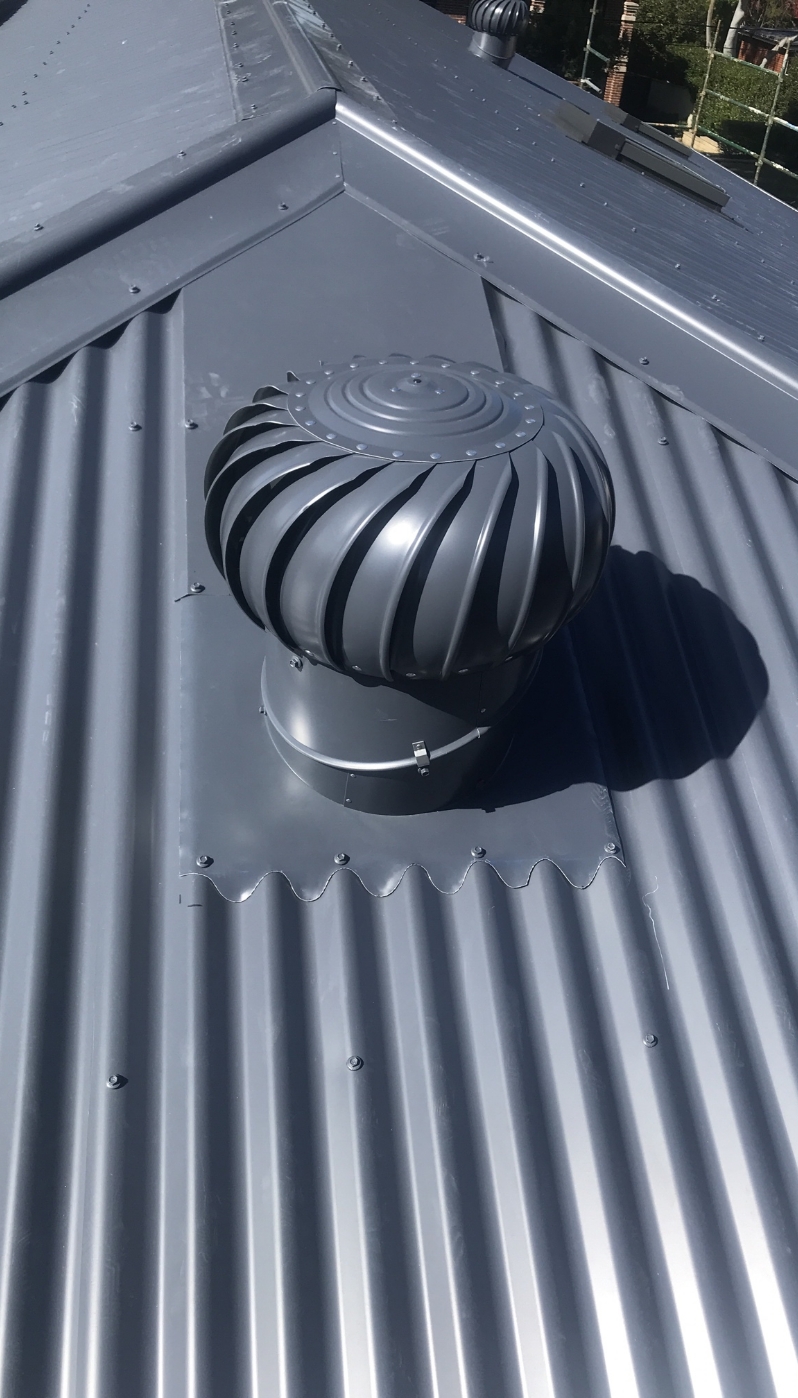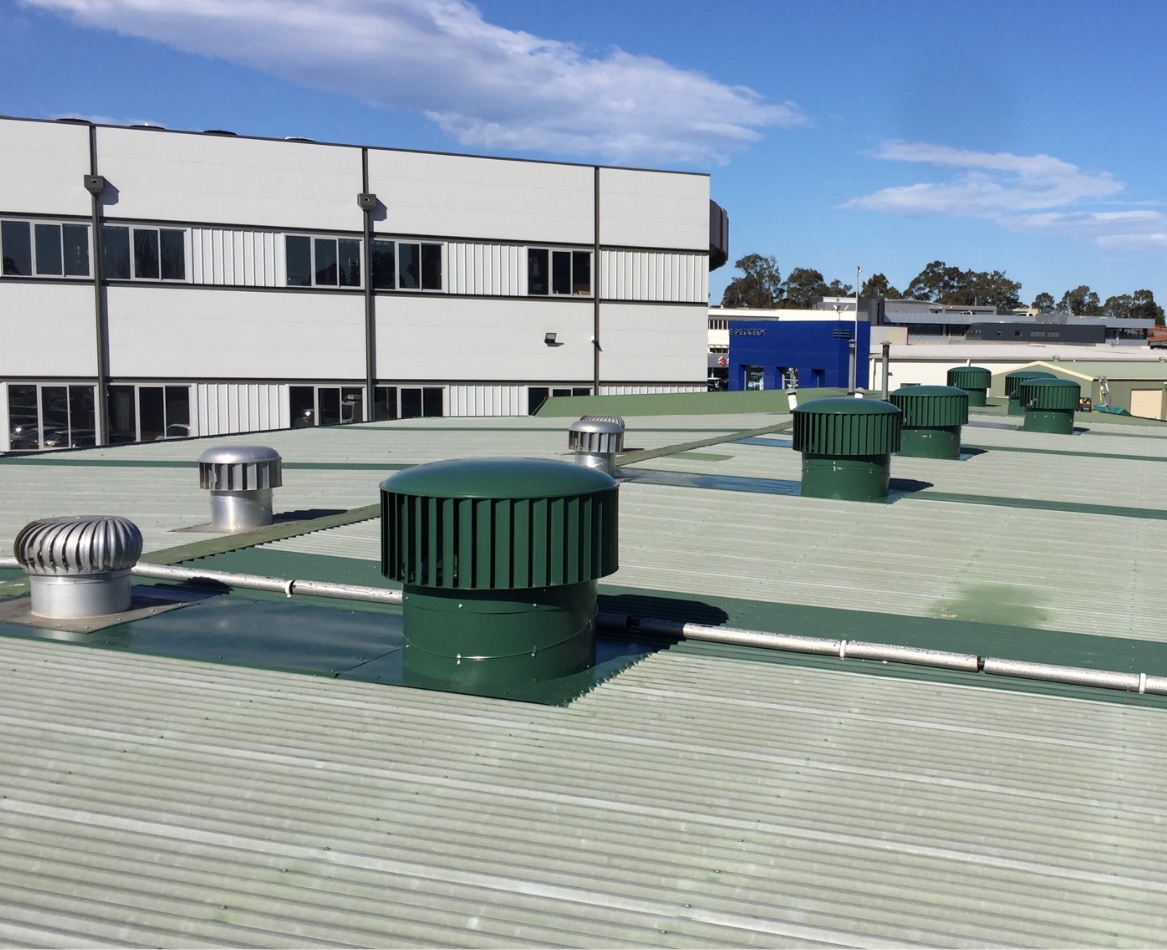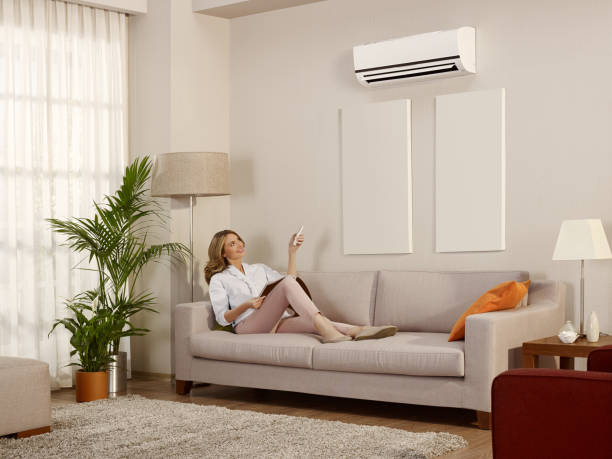Powered vs Non-Powered Ventilation: Which is Right for Your Sydney Home?

When it comes to keeping moisture and mould out of your home, choosing the right ventilation system is critical. But should you go with a powered fan system, or rely on natural (non-powered) ventilation like roof vents and eave vents?
At Natural Skylights & Ventilation, we help Sydney homeowners make the right choice based on their property, local climate, and moisture risks. Here’s how the two approaches compare — and when one is better than the other.
What Is Natural (Non-Powered) Ventilation?
Natural ventilation relies on wind movement and air pressure differences to circulate air through your home or subfloor. Common examples include:
- WindMaster and Supavent roof ventilators (wind-driven)
- Eave vents for air intake
- Wall vents and cross-ventilation openings
These systems don’t use electricity, making them low-maintenance and cost-effective.
Best for:
- Homes in windy or coastal areas
- Low-risk moisture zones
- Complementing powered systems (as part of a hybrid setup)
- Reducing summer heat build-up in roof cavities
Limitations:
- Performance is dependent on weather conditions (especially wind)
- May not provide enough airflow in enclosed or moisture-prone areas like subfloors
- Not ideal for high-humidity locations or homes with known mould issues
What Is Powered Ventilation?
Powered ventilation systems use electric or solar-powered fans to actively move air. These systems are designed to run continuously or on timers to maintain consistent airflow, regardless of external weather.
Examples we recommend include:
- EcoFan (for subfloor ventilation – up to 10–15 air changes/hour)
- Solatube RM1600 (roof space Solar powered ventilation – high airflow, solar-powered)
- Bradford Airomatic (roof mount, electric)
- Maestro BAL (high airflow, bushfire-rated)
Best for:
- Subfloor areas with damp soil or poor drainage
- Homes with mould, odours, or persistent condensation
- Roof spaces with high heat or humidity build-up
- Sites in low-wind or built-up areas
Benefits:
- Consistent, guaranteed and controllable airflow
- Excellent for targeting moisture and hotspots
- Effective even in poor weather without regular wind
- Can be tailored to suit the exact airflow needed
Considerations:
- Slightly higher upfront cost
- Some models require power access (though many are solar)
So Which One Do You Need?
The choice depends on your home's layout, the source of moisture, and your climate exposure.
- For general roof ventilation in a breezy suburb, a WindMaster may be all you need.
- For homes with damp subfloors, a powered EcoFan or inline system is essential.
- In bushfire zones, you’ll need a BAL-compliant powered system like the Maestro BAL.
- Often, a combination of natural and powered systems delivers the best long-term protection.
At Natural Skylights & Ventilation, we design ventilation solutions based on real data, product performance, and Australian standards — not guesswork. We assess each home to recommend the most effective and energy-efficient system for your needs.
Still unsure whether powered or natural ventilation is right for your home? Contact Natural Skylights & Ventilation for a personalised moisture and airflow assessment — and breathe easier with a solution that works.

.jpeg)

